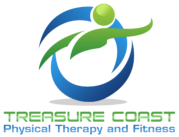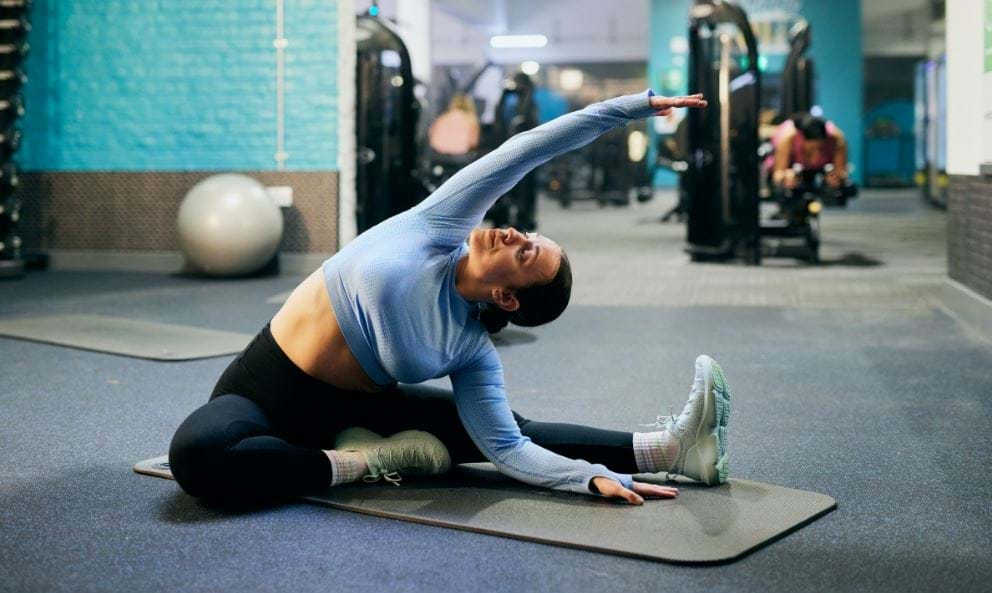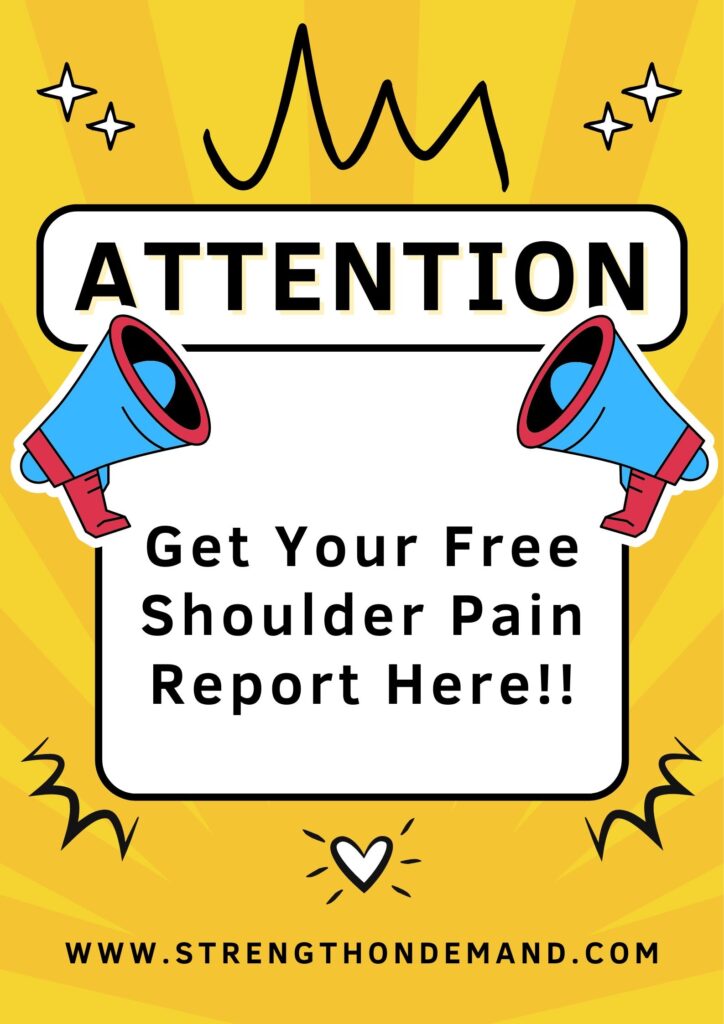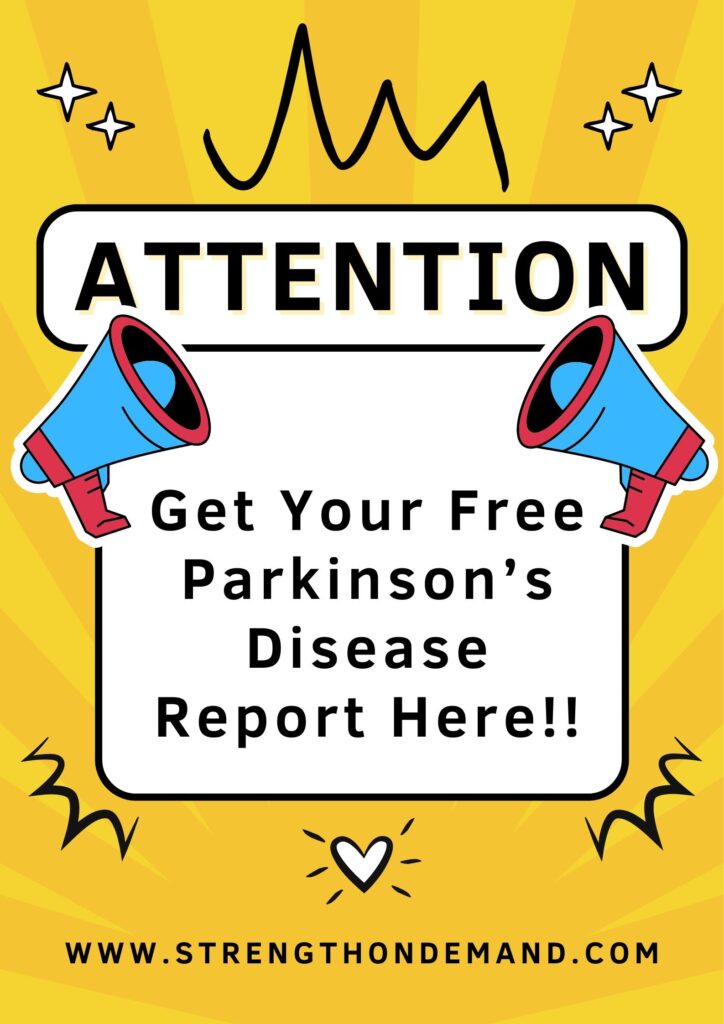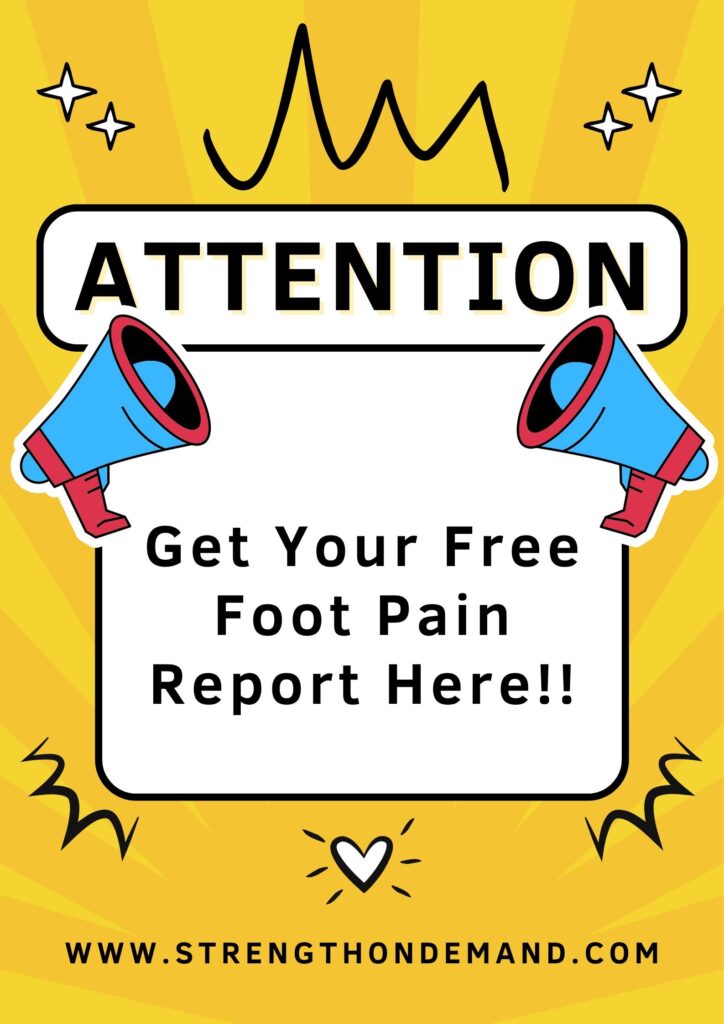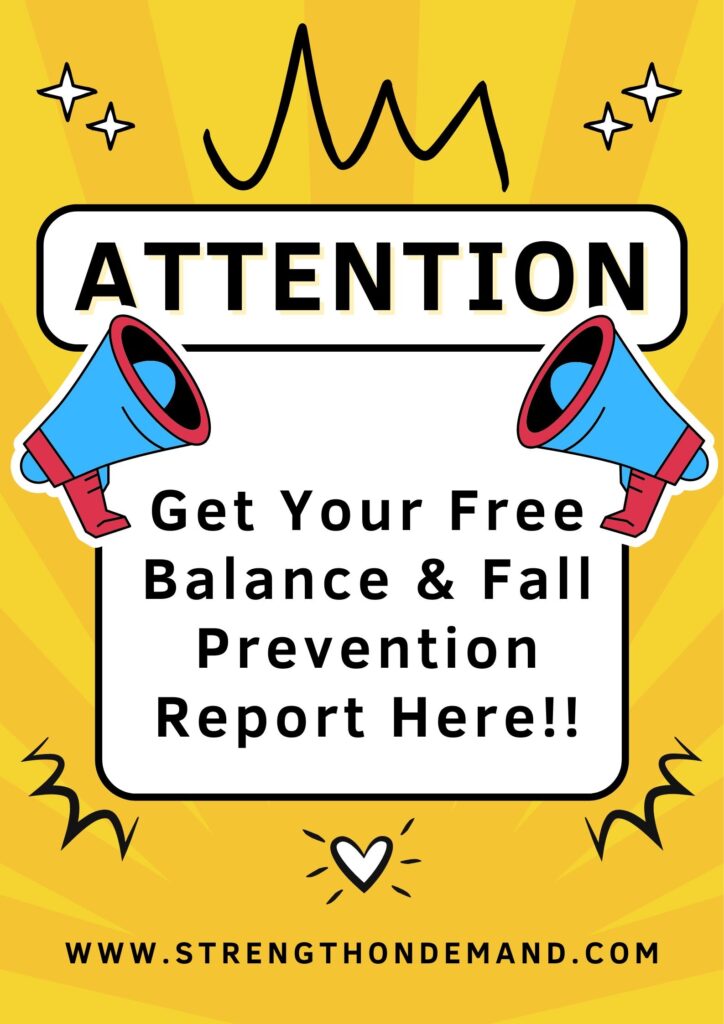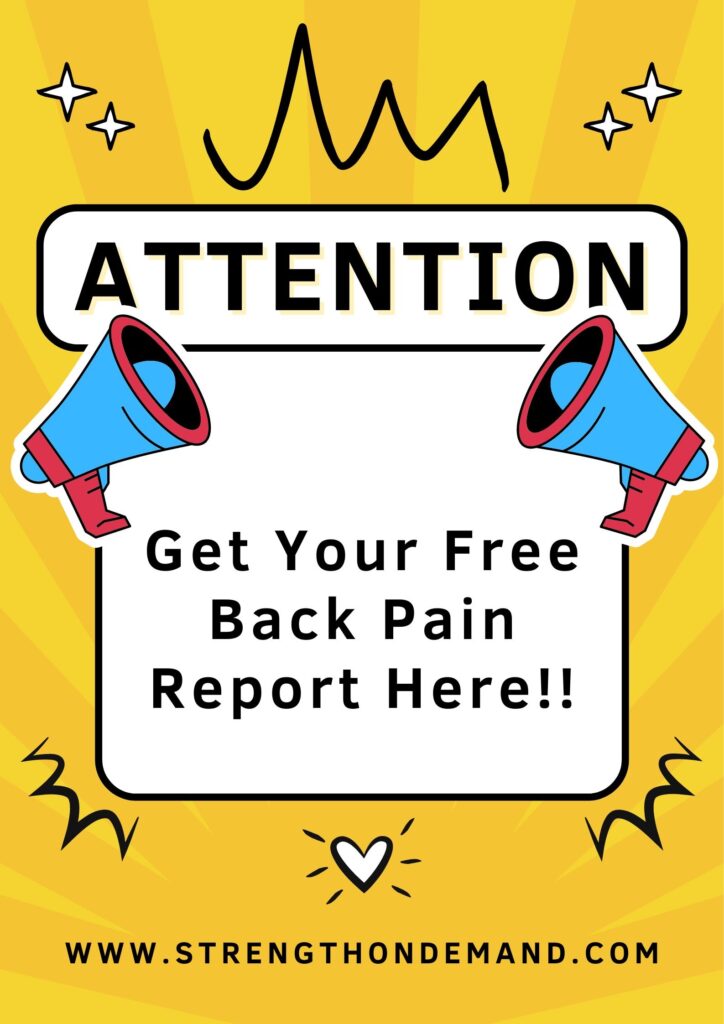Introduction: In the world of fitness and wellness, stretching therapy often takes a back seat to more vigorous exercises like weightlifting or cardio. I know in my younger years when I was training hard, I rarely stretched at all. The only time I even considered stretching was after I hurt myself. Then, once I recovered, the weight lifting continued and the stretching stopped. As I have gotten older and became a Physical Therapist, the importance of stretching cannot be overstated.
Stretching Therapy encompasses a diverse range of techniques aimed at improving flexibility, reducing muscle tension, and promoting relaxation, and the benefits of incorporating stretching into your daily regimen extend far beyond physical fitness. In this post, we’ll explore the multiple advantages of stretching therapy, shedding light on how it can positively impact both the body and the mind.
The Benefits of Stretching Therapy:
- Enhanced Flexibility: Stretching exercises target muscles and connective tissues, gradually increasing their length and flexibility. By incorporating dynamic stretches, static holds, and Assisted Stretching into your routine, you can improve muscle length, joint mobility and enhance overall range of motion. Whether you’re an athlete striving for peak performance or a desk-bound professional seeking relief from stiffness, regular stretching can unlock new levels of flexibility and functional movement. To avoid injury, you should initially search for a trained professional to perform the stretches on you as well as teaching you how to become self-sufficient with a home program.
- Stress Reduction: Emotions can manifest as physical tension in the body. In high stress world, stretch therapy offers a natural antidote to stress and anxiety, as it allows us to release emotional burdens, leaving us feel relieved and more emotionally balanced. Engaging in stretching exercises with a therapist promotes relaxation by encouraging deep breathing and releasing tension held in the muscles. Having a professional to oversee you will reduce the chances of injury, as stretching is similar to any other fitness modality and if done incorrectly, can lead to injury. Your therapist will ensure proper form and technique so that you will be able to focus on performing the deliberate movements, cultivating a sense of calmness and tranquility, helping to alleviate the mental and physical manifestations of stress.
- Improved Circulation: Stretching stimulates blood flow to the muscles, facilitating the delivery of oxygen and nutrients essential for tissue repair and recovery. Enhanced circulation not only promotes faster healing but also reduces muscle soreness and fatigue, by helping the previously exercised body parts to “flush” out the built up waste such as lactic acid. Whether you’re recovering from intense exercise or simply looking to invigorate your body, incorporating stretching into your routine can boost overall circulation and vitality.
- Posture Correction: Prolonged periods of sitting and sedentary behavior can wreak havoc on posture, leading to muscle imbalances and postural misalignments. Now, I’m not saying that all pain is related to poor posture, but many times there is a connection. Stretching therapy can help counteract these effects by targeting tight muscles and promoting proper alignment of the spine and joints. Through targeted stretches and corrective exercises, you can improve posture, alleviate discomfort, and prevent the onset of chronic pain conditions by stretching the tight areas, and strengthening the weak ones.
- Injury Prevention: Flexibility plays a pivotal role in injury prevention, particularly during physical activities and sports. Tight muscles and limited range of motion increase the risk of strains, sprains, and other musculoskeletal injuries, such as tendon tears. Regular stretching helps maintain muscle elasticity and joint mobility, reducing the likelihood of injury and enhancing athletic performance. Whether you’re a weekend warrior or a professional athlete, incorporating stretching into your routine can help safeguard against common injuries and setbacks. As mentioned above, stretching may also promote blood flow to injured areas, accelerating healing and restoring mobility. Keep in mind, there’s no such thing as a “bad” stretch. There are only stretches performed “badly.” Having a therapist to assist you during these sessions will ensure that all stretches are performed safely and correctly.
- Enhanced Athletic Performance: Athletes of all levels recognize the importance of flexibility and mobility in optimizing performance. Stretching therapy enhances muscle function and coordination, enabling athletes to move more efficiently and effectively. By incorporating dynamic stretches and sport-specific movements into their training regimen, athletes can improve agility, speed, and overall athletic prowess. Learning when to perform each type of stretch is also very important in your success as an athlete.
- Mind-Body Connection: Stretching promotes mindfulness and fosters a deeper connection between the mind and body. By tuning into the sensations of stretching and focusing on the breath, individuals can cultivate greater awareness of their physical and emotional states. This mind-body connection not only enhances the effectiveness of stretching therapy but also promotes overall well-being and self-awareness. Having someone cue you during each stretch will enhance this relaxation.
